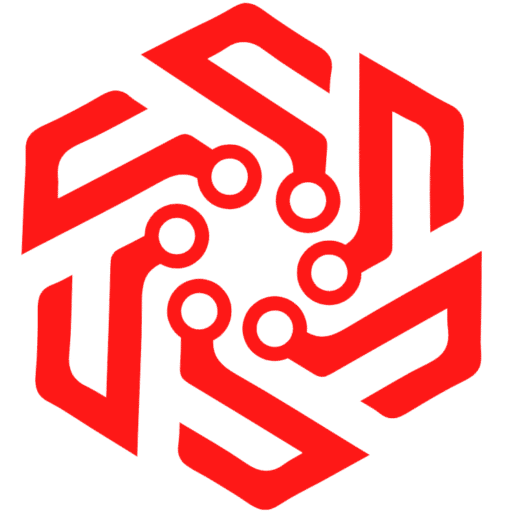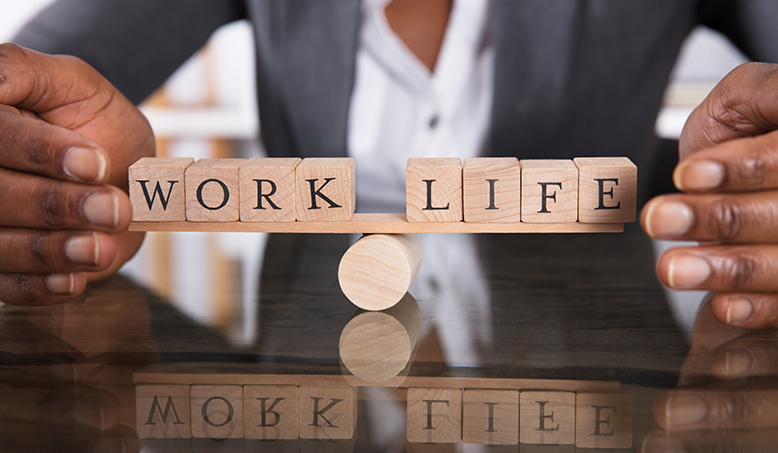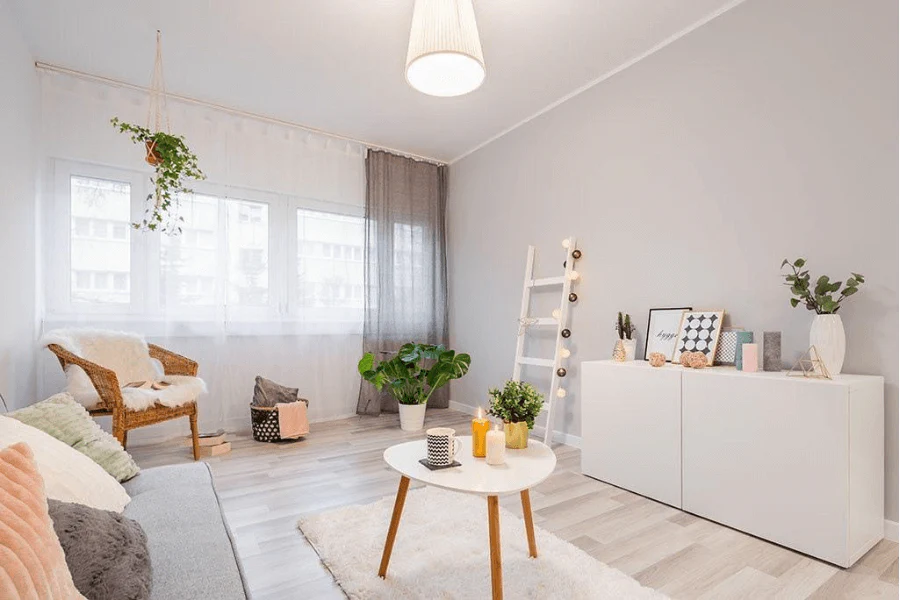Why a Digital Detox Matters
In today’s hyperconnected world, it feels almost impossible to put our phones down. Notifications, emails, social media updates — they compete for our attention from the moment we wake up to the time we go to bed. Research shows that excessive screen time can negatively impact our mental health, productivity, and even sleep quality. This is why a digital detox is no longer just a trendy idea but an essential reset for our minds. A 7-day challenge is a realistic way to break the cycle of constant scrolling without feeling completely disconnected from the world. By taking one week to intentionally limit your screen usage, you give your brain a chance to relax, focus, and engage more deeply with real-life experiences. The question is — are you willing to test yourself and see what life feels like beyond the screen?
Day 1: Set Your Intentions
The first step in any successful challenge is to set clear goals. Ask yourself why you want to do a digital detox — is it to improve focus, reconnect with family, sleep better, or just reduce stress? Once you identify your motivation, write it down and put it somewhere visible, like on your fridge or desk. Next, decide which digital activities you’ll limit or avoid. Some people delete social media apps entirely, while others set strict time blocks for checking emails. Establishing rules early prevents confusion later. Tell friends or family about your challenge so they can support you or even join in. Most importantly, remember that this is about progress, not perfection. If you slip up, don’t give up — just refocus and keep going. Day one is all about commitment and preparing yourself mentally for the journey ahead.
Day 2: Declutter Your Devices
On day two, focus on reducing digital clutter. Start by cleaning up your phone — delete unused apps, organize folders, and turn off unnecessary notifications. This small step alone can drastically cut the number of times you reach for your phone. Consider setting “Do Not Disturb” during work or mealtimes to minimize distractions. If you use social media, unfollow accounts that add stress or negativity to your day. Creating a calmer, more intentional digital environment helps you stick with the detox. You can even move distracting apps off your home screen or onto a separate page so they’re harder to access. Think of this day as spring cleaning for your digital life — it clears the mental noise and gives you a sense of control over your technology. A cleaner, quieter device setup will make the rest of the challenge feel much easier.
Day 3: Replace Screen Time with Real Time
Now that you’ve reduced digital clutter, it’s time to replace those empty moments of scrolling with meaningful offline activities. Instead of checking your phone first thing in the morning, try stretching, journaling, or making a healthy breakfast. During the day, read a book, take a walk, or call a friend. These alternatives help retrain your brain to seek connection and entertainment away from screens. If you work on a computer, take regular breaks where you completely step away from devices — even for five minutes. You might be surprised at how refreshing these small pauses can be. The goal is to rediscover hobbies and interests that don’t involve constant digital stimulation. Over time, you’ll start to notice how much more relaxed and present you feel when you’re not constantly glued to your phone or laptop.
Day 4: Practice Mindful Tech Use
By day four, you’re ready to develop a more mindful relationship with technology. This means becoming aware of when, why, and how you use your devices. Keep a simple journal of your screen time and emotions throughout the day. Notice when you pick up your phone out of boredom versus when it’s truly necessary. If you find yourself reaching for your phone automatically, pause and take a deep breath. Mindful tech use is not about eliminating screens completely but about using them with purpose. For example, instead of aimlessly scrolling through social media, schedule a specific time to check updates, then log off. When you start observing your habits, you’ll have a clearer understanding of what triggers your overuse and how to break free from it. This day is about building awareness that can last long after the challenge ends.
Day 5: Connect with Others Offline
Human connection doesn’t have to rely on likes, comments, or DMs. Use day five to spend quality time with people in person. Plan a coffee date with a friend, cook dinner with your family, or simply chat with a neighbor. Face-to-face interactions deepen relationships and provide emotional nourishment that digital communication can’t always offer. If meeting in person isn’t possible, try writing a letter or sending a thoughtful voice message instead of texting. The idea is to replace passive online interaction with more intentional and meaningful communication. You may find that conversations feel richer when you’re not distracted by incoming notifications. Strengthening your offline connections reminds you that relationships thrive on presence and attention, not just on quick digital exchanges. This day is about reconnecting with people — and rediscovering how good that feels.
Day 6: Go Screen-Free for a Day
This is the most challenging part of the detox: spend one full day without screens. No phone, no TV, no laptop. It might feel strange at first, but it’s also incredibly liberating. Plan ahead by letting others know you’ll be offline and scheduling any essential tasks in advance. Fill the day with engaging activities like hiking, cooking, journaling, or visiting a museum. Without screens, you may notice your mind feels calmer and more focused, and your body feels more energized. This day acts as a reset button for your brain, breaking the constant cycle of dopamine hits from notifications. Even if you can’t manage a full day without screens, aim for as many hours as possible. The more time you spend disconnected, the more you’ll appreciate how restorative this experience can be.
Day 7: Reflect and Create a Long-Term Plan
Congratulations — you made it to the final day of the challenge! Today is all about reflection. Think back on how you felt throughout the week: Were you more productive? Did you sleep better? Did you feel less stressed? Write down what worked well and what you found difficult. Use these insights to create a realistic plan for ongoing digital wellness. Maybe you’ll continue with a weekly screen-free day or limit social media to 30 minutes a day. The point isn’t to give up technology entirely but to use it more intentionally. By setting long-term boundaries, you can keep the benefits of the detox going. This final step turns your challenge into a sustainable lifestyle change, helping you stay balanced in a world that’s always online.




